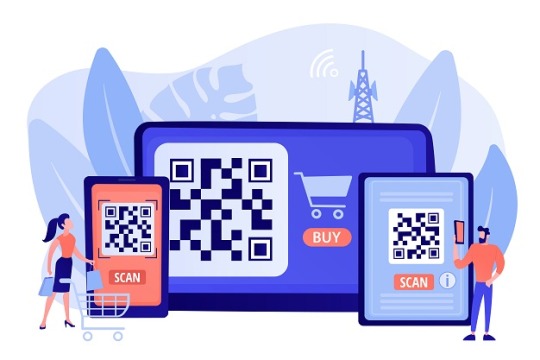Online payment security: What you need to know
by Sahil Verma SIFIPAYEvery year, millions of security breaches make the internet less safe for business. Consumers are well aware of the danger. Buyers may look elsewhere if your e-commerce site does not provide the highest level of online payment security.
The good news is that existing security strategies are well-established, frequently updated, and simple to put in place. Here are the key terms you should know in order to keep online financial transactions secure — and to demonstrate that security to your customers.

Payment gateways
An online payment gateway is a software application that encrypts financial data and authorizes transactions, interacting with payment processors to allow funds to be transferred from buyer to seller.
Unless you intend to run payment data through your own servers — and make the significant investment required to do so safely — you will require a payment gateway, whether built into your hosting platform or incorporated via a third-party plug-in.
Payment gateway providers handle financial identifiers on behalf of their customers, shielding website owners from the risks of storing data on their own servers. Established gateways invest heavily in security and charge site operators membership and/or transaction fees.
SSL and TLS
Websites safeguard payment information by encrypting it before transmission. This encryption is accomplished by two major protocols: Secure Sockets Layer (or SSL) and Transport Layer Security (or TLS). TLS is a newer protocol with more powerful encryption algorithms. However, because SSL is more widely known among web users, many industry insiders use the terms interchangeably.
Most website owners don't need to worry about the distinction; the important thing is to obtain an SSL or TLS certificate from a reputable hosting provider. This certificate verifies that customer data is encrypted as it travels from the user's computer to your e-commerce site as the first step in any payment transaction.
In today's online environment, an SSL or TLS certificate is essential. The presence of such a certificate is readily apparent to users in most browsers, represented by a closed padlock in the URL bar. When a website lacks an up-to-date certificate, browsers may warn users of a security risk, which can cause serious issues for any website that accepts online payments.
PCI compliance
The Payment Card Industry Security Standards Council (PCI SSC) is an international organization dedicated to ensuring the security of payment data. It issues and updates the PCI Data Security Standard (PCI DSS), which applies to "any entity that stores, processes, or transmits cardholder data and/or sensitive authentication data."
PCI compliance requirements vary depending on the type of business, ranging from a few simple requirements for online sellers using gateways to full validation for gateway providers themselves. Because major payment card brands such as Visa and Mastercard operate independent programs that define validation levels and compliance, the concept of "compliance" is complex in and of itself.
The Self-Assessment Questionnaire A of the Payment Card Industry (PCI) can be used by most e-commerce merchants who use payment gateways to determine their level of PCI compliance. This document only covers the PCI DSS requirements that apply to sellers who outsource payment card processing to validated third-party services, such as reputable and best payment gateways India.
Check with any third-party vendors who handle financial transactions to see if they have validation for all PCI DSS requirements. Keep looking if they don't.
Tokenization for secure online payments
Encryption isn't the only way to keep financial identifiers hidden as they pass between customers, your site, and the payment processor. Tokenization is a powerful strategy that substitutes a unique code, or "token," for a credit card number. Client computers send the token rather than the data, rendering the data useless if it is stolen.
Multifactor authentication
A system must verify the user's identity before granting access to protected information. A simple way to accomplish this is to prompt the user for a password; however, a malicious user could obtain that password, so a single factor is insufficient to ensure security.
The second factor is usually a code sent to the user's phone or email address when they request access; this tactic verifies that the user also has an item (the phone or email account) that proves their identity. This is a simple but effective multifactor authorization method that significantly improves security.
The use of multifactor authentication, like all efforts to ensure online payment security, not only makes e-commerce safer; it also makes customers more likely to click "buy" in the first place.
Communicating payment security to buyers
Online payment security strategies serve two important functions: they protect customer data and make visitors feel safe when making a purchase. Site operators must openly advertise their investments in data security to reassure customers.
Sponsor Ads
Created on Mar 21st 2022 05:19. Viewed 173 times.



